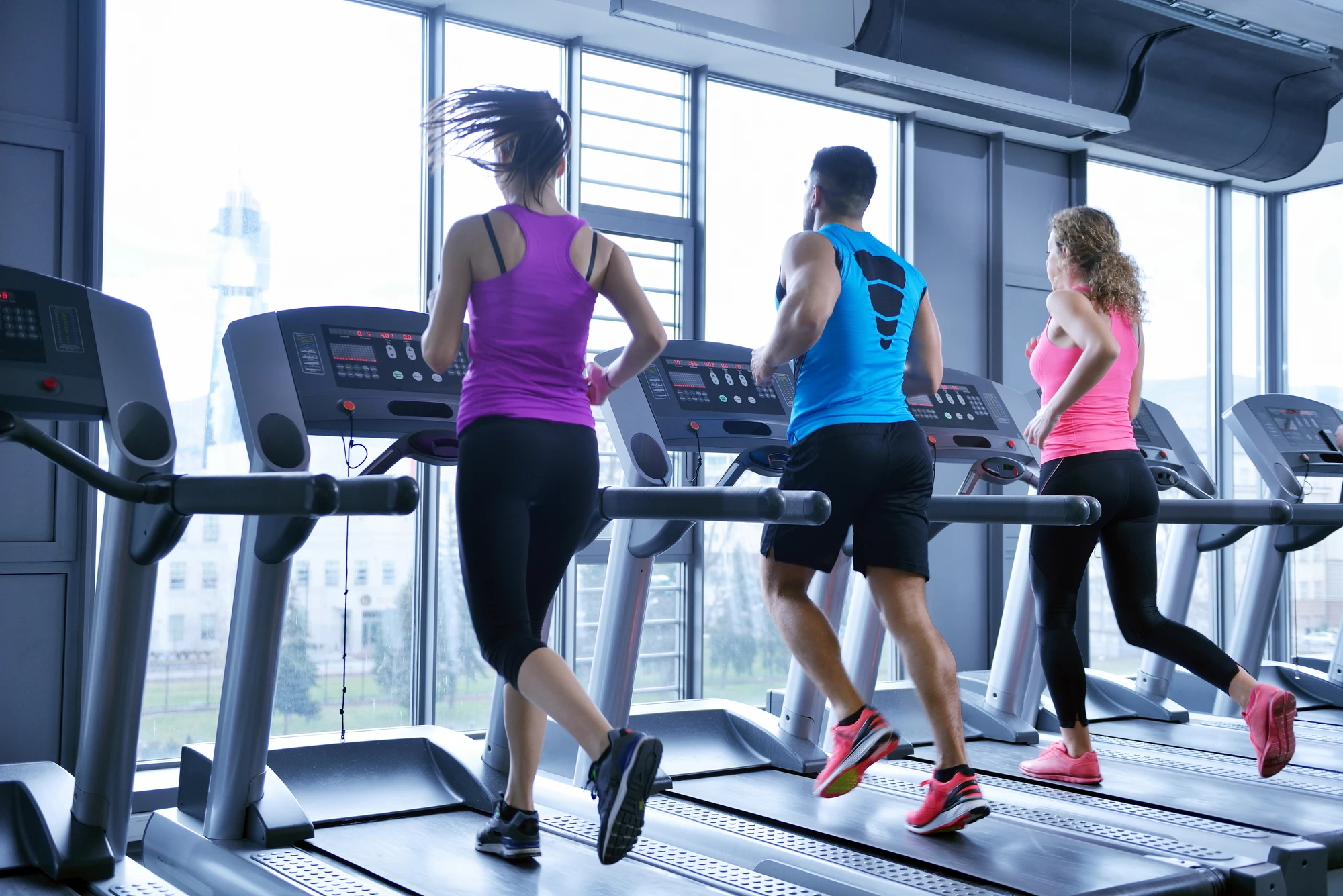For many, exercise is a means to an end, namely better health – and in a perfect world, perhaps there would be a way to skip that middle step with some sort of pill or injection. Now scientists at the University of Southern California (USC) have studied a hormone that the human body releases during exercise, and found that administering it to mice improves their fitness and overall health.
The hormone in question is called MOTS-c, and its role in exercise was identified a few years ago by the same researchers in a similar study in mice. One of the unusual features of MOTS-c is that it’s not encoded by the main genome in our cells but the mitochondria, which have their own smaller genome.
“Mitochondria are known as the cell’s energy source, but they are also hubs that coordinate and fine-tune metabolism by actively communicating to the rest of the body,” says Changhan David Lee, corresponding author of the study. “As we age, that communication network seems to break down, but our study suggests you can restore that network or rejuvenate an older mouse so it is as fit as a younger one.”
In the new study, the USC scientists investigated MOTS-c in both humans and mice. The team had 10 healthy (but sedentary) male human volunteers, aged in their 20s, exercise on a stationary bike, then rest for four hours. The researchers took samples of their skeletal muscle and plasma before, during and after the exercise, and after the rest, to measure levels of MOTS-c.
Sure enough, the team found that in skeletal muscle the MOTS-c levels significantly increased by 11.9 times after exercise, and although they trended back towards the baseline over time, levels were still higher than previously even after the four-hour rest. MOTS-c in plasma was also elevated by 50 percent after exercise, and dropped to baseline faster.
With that link in mind, the team next investigated the hypothesis that exercise triggers the release of MOTS-c, and that the hormone itself is responsible for some of the physical benefits associated with exercise. The researchers injected MOTS-c into mice of three different ages – two-month-old young mice, 12-month-old middle-aged mice, and 22-month-old elderly mice – for two weeks, then had them perform physical challenges.
In all age groups, the treated mice performed significantly better than controls in tests on a rotating rod and a treadmill. Intriguingly, the elderly mice appeared rejuvenated by the treatment, improving their grip strength, gait and walking abilities.
“The older mice were the human equivalent of 65 and above and once treated, they doubled their running capacity on the treadmill,” says Lee. “They were even able to outrun their middle-aged, untreated cohorts.”
In a follow-up experiment, the team investigated how the MOTS-c treatment affected mice under metabolic stress. Mice were fed a high-fat diet then treated with MOTS-c twice a day, at different dosages. After seven days of treatment, the animals had improved insulin sensitivity, which lessens their risk of diabetes. The animals also gained less weight on the high-fat diet than untreated mice.
After 10 days, mice on the higher dose of MOTS-c were running further and burning more energy than untreated ones. In fact, 100 percent of the higher-dose mice were able to complete the final treadmill test – sprinting 23 m (75 ft) per minute – whereas only 16.6 percent of mice in the lower dose and control groups managed the feat.
While there’s still plenty of work to be done before this could be adapted to a treatment for humans, the researchers say that the results are promising. In particular, it could help older people stay healthier for longer.
“Indicators of physical decline in humans, such as reduced stride length or walking capacity, are strongly linked to mortality and morbidity,” says Lee. “Interventions targeting age-related decline and frailty that are applied later in life would be more translationally feasible compared to lifelong treatments.”
The research was published in the journal Nature Communications. The team describes the work in the video below.




